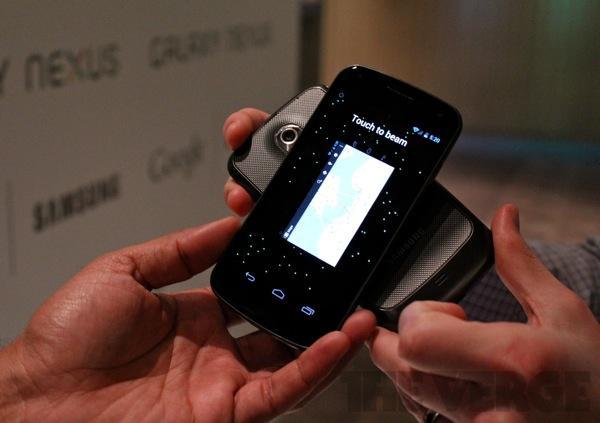
Cheap, plastic credit and debit cards with magnetic strips that will inevitably fail at the worst time possible are so passé. As a consumer, I am constantly searching for a more modern way to pay for items, a method that makes a POS transaction more smooth, quick and painless for both parties involved. NFC is the first of few alternative payment methods to show any promise. Over the past year, it has gained the attention of consumers, OEMs, software providers, wireless providers and a slew of merchants.
No matter how great NFC will theoretically be as a payment method, the transition and adoption is apparently going to be a slow process. Back in April, Juniper Research claimed that 20 percent of all smartphones would ship with NFC support in 2014. That statistic is expected to double by 2015, with 40 percent of smartphones equipping Near Field Communication.
If the only need or use for NFC was as a payment method, I could understand the latency in getting the ball rolling with the technology. There are a lot of kinks that need to be worked out first, like security and getting all major merchants on board with the movement.
But as Google and Nokia have thoroughly proven, the uses for NFC are nearly endless. Android Beam is a NFC-powered feature that has been cooked into the Android 4.0 operating system. It allows two NFC equipped phones to exchange information – like pictures, web pages, Google Maps data and locations, etc. – by simply holding the phones up to one another. They have also provided developers with APIs that should bring a plethora of other useful applications of the Near Field Communication chips to consumer hands.
NFC can also be used in retail stores for scanning tags to learn more information about products, scanning tags to discover special deals and even to check-in to businesses using applications like Foursquare or Gowalla. And in a more recent endeavor, NFC tags can be embedded in products to help consumers distinguish real products from knockoffs simply by scanning it with their phone. Like I said, the uses and capabilities for NFC are quite literally endless.
The largest caveat of NFC, however, is the physical hardware requirement of an NFC transmitter/receiver in the device itself. Unlike the NFC competitor, Zoosh, which only requires the phone to have a speaker and a microphone (it wouldn't be a phone without those, right?) and transmits data through text messages and supersonic sound bytes, NFC requires an additional chip be installed on the device, which is half the battle for the technology. OEMs have been rather slow to adopt NFC.
To date, only a handful of phones in the States have come with NFC chips, the majority of those have been within the past six months. Inclusion is definitely ramping up, but it's not nearly up to snuff. Considering NFC technology has been around for nearly eight years now (Nokia, Philips and Sony established the NFC Forum in March of 2004) and the relatively cheap price of NFC chips, this transition definitely should not take another three or four years to fully bloom. No new phones should ship without an NFC chip, especially Android phones. With NFC now a core feature of Android and El Goog finally rolling out their Google Wallet initiative, we can only hope more OEMs will pick up the slack or Google will add it to the Android Update Alliance bill.
For those who want NFC on their non-NFC phone, though, there are alternatives – like NFC-enabled microSD cards, for instance. Even still, with NFC as cheap, compact and useful as it already is, there is no excuse for manufacturers to leave the capability out of new and upcoming devices.
What say you, ladies and gents? Should phones still be releasing without native NFC support? Does it even matter at this point? Who's ready for all of the crazy NFC madness to begin? I, for one, am tired of waiting.
Image via The Verge